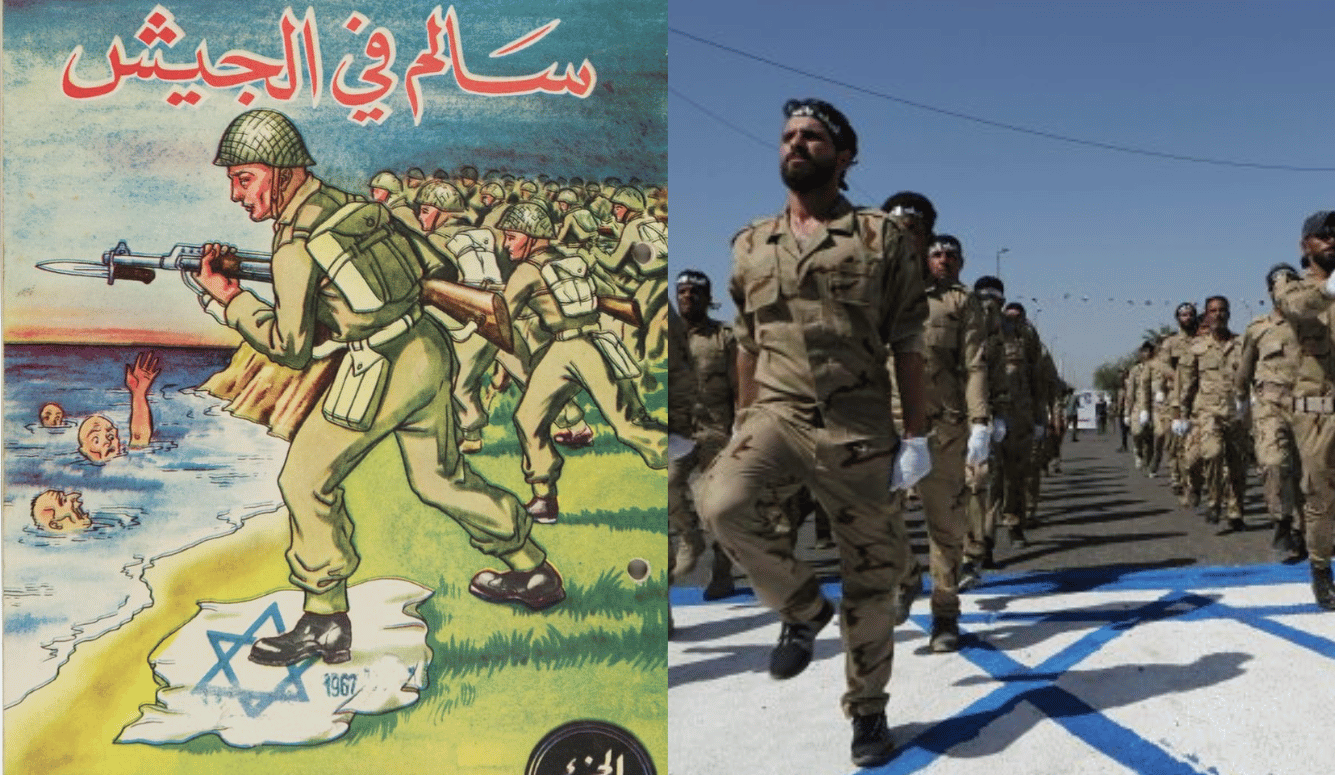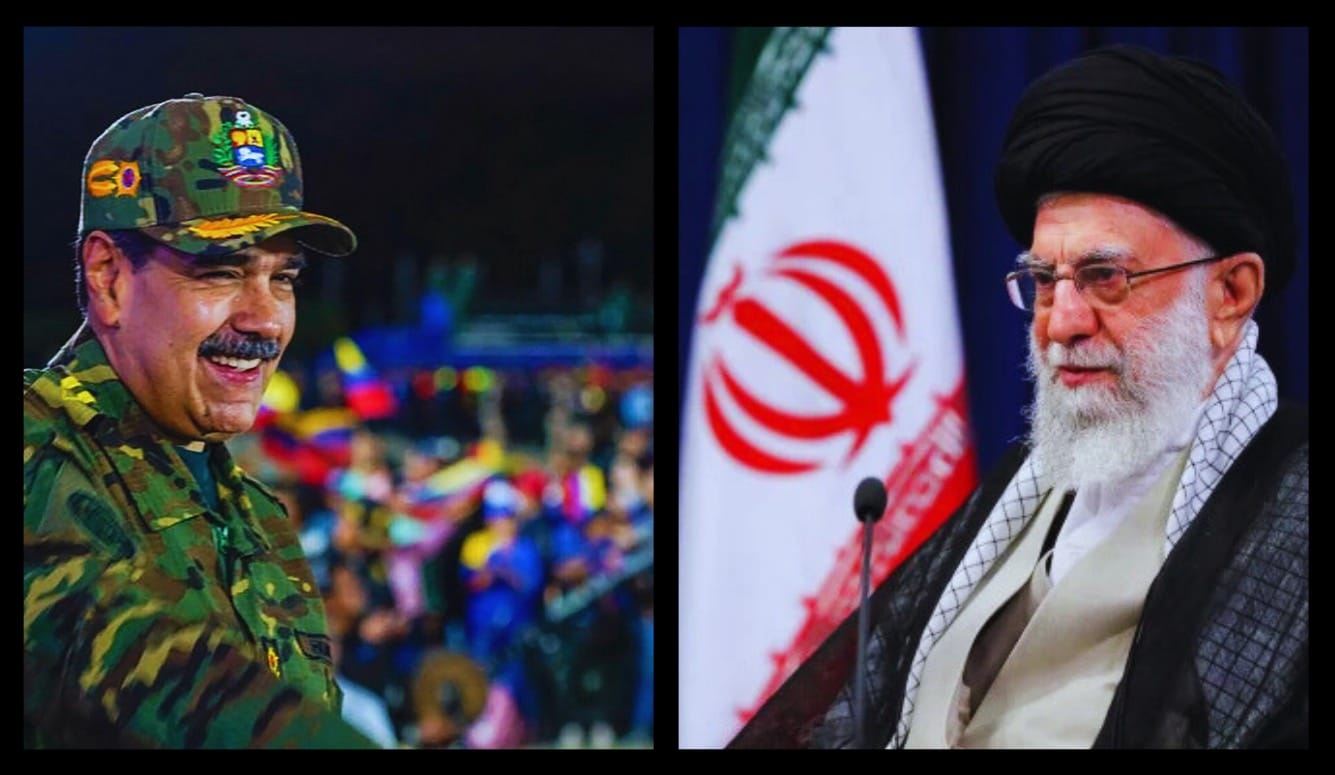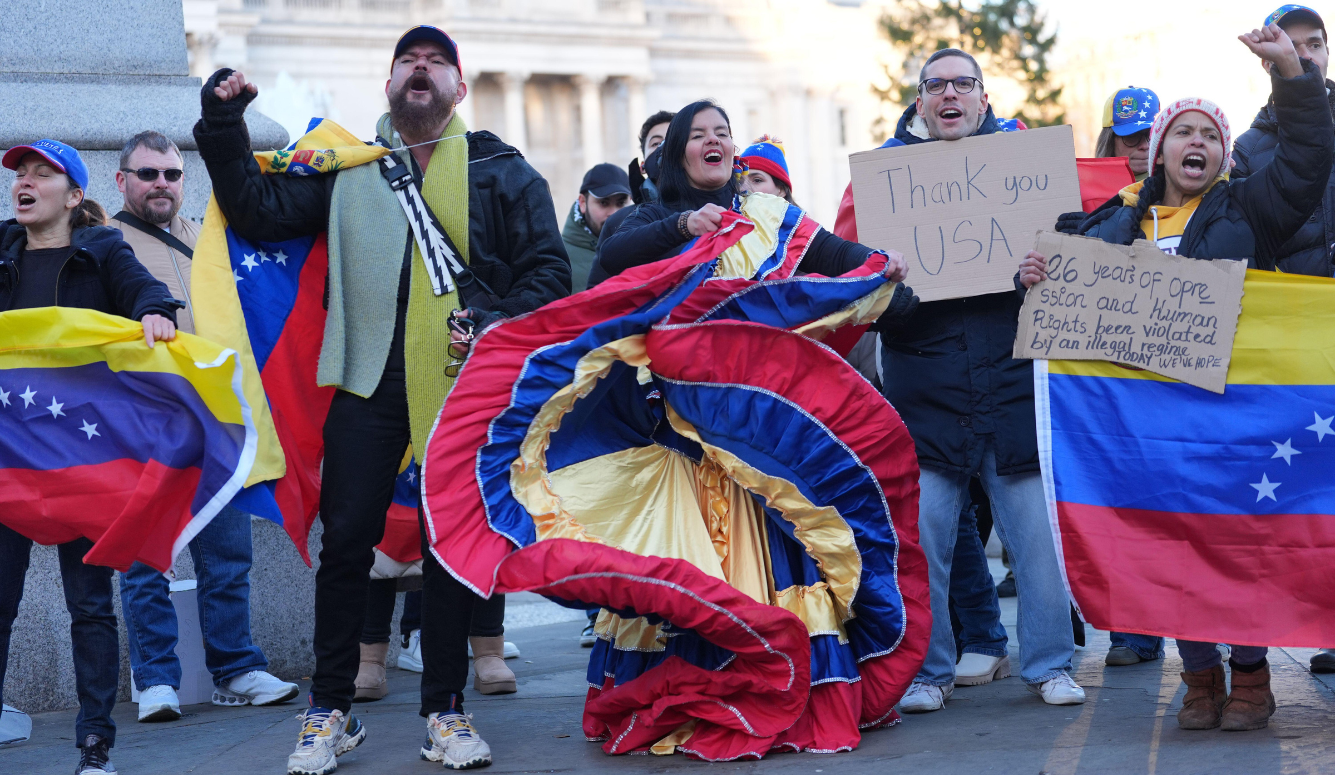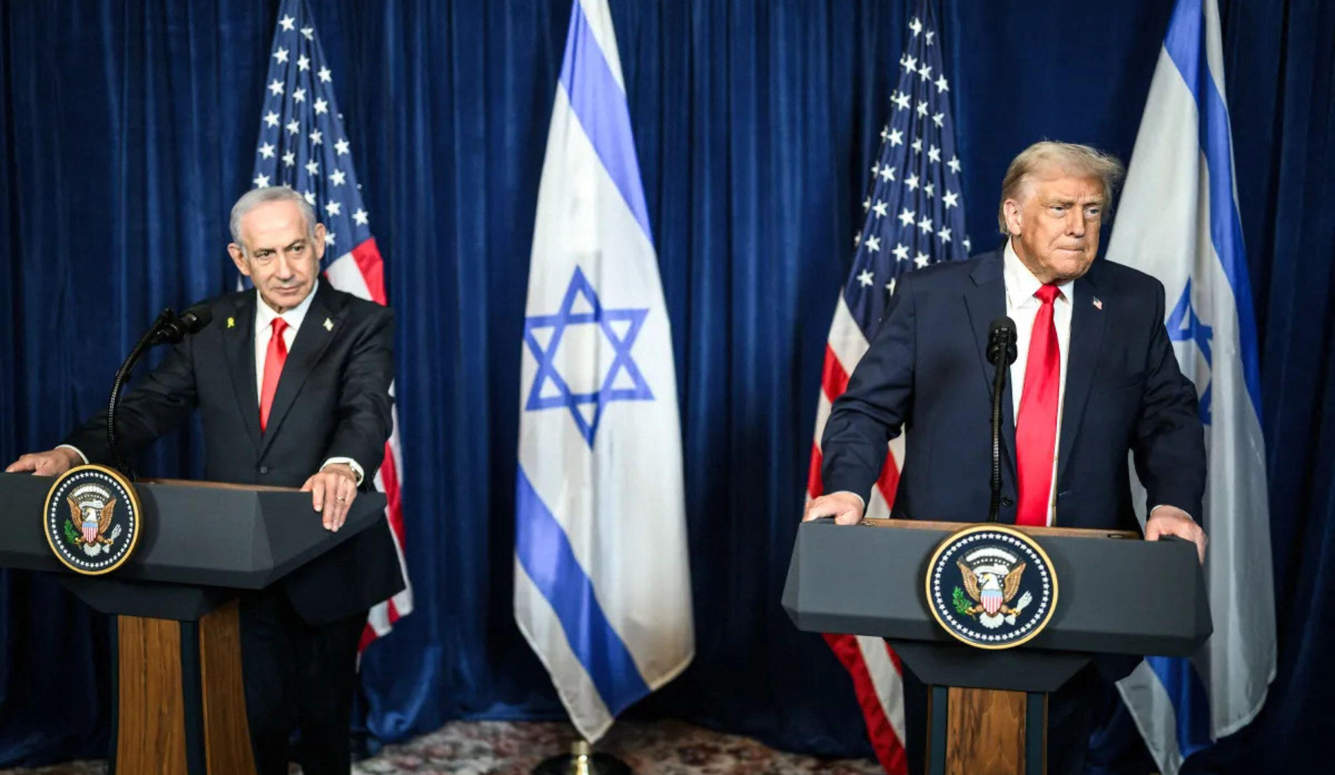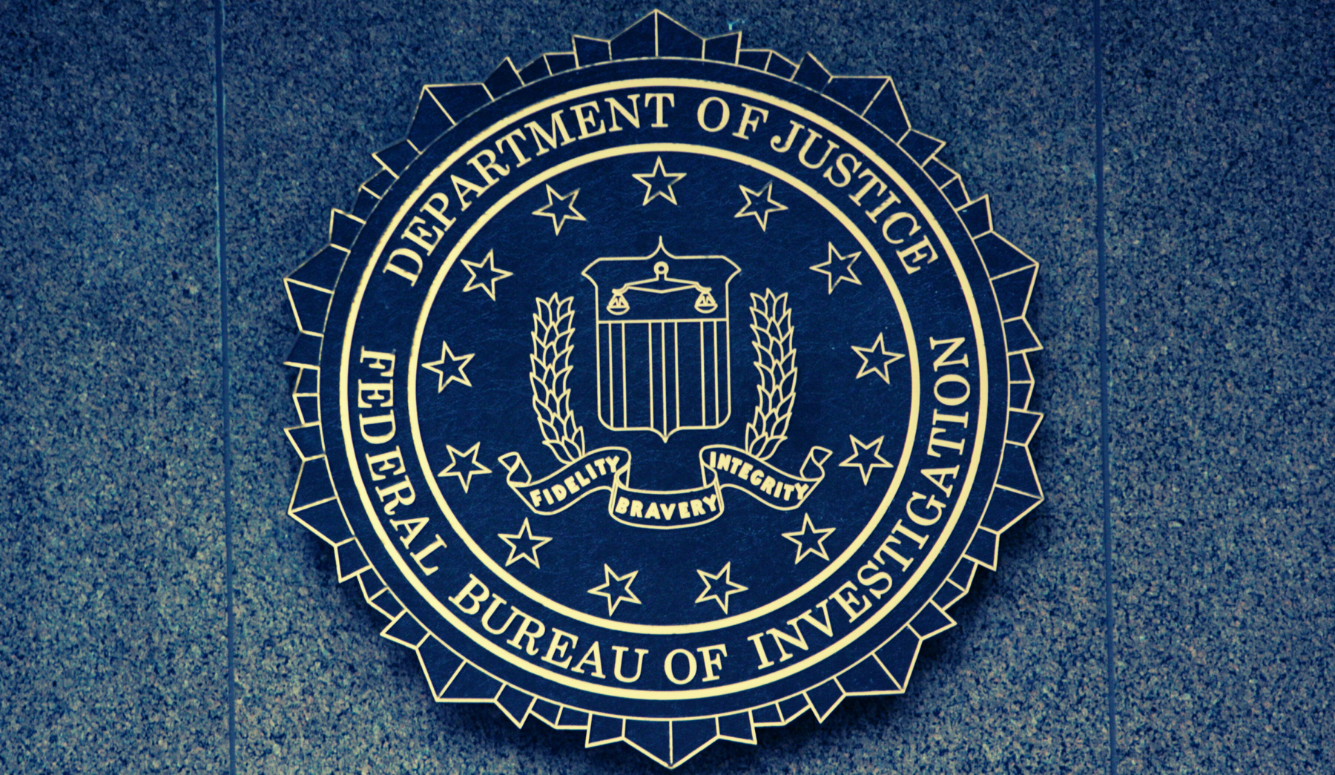Israel
Israel’s Occupation of Gaza in 1956–57
Many of the questions that have arisen since October 7 have been raised before.

Thirty-two years before the founding of Hamas, Israel occupied the Gaza Strip for the first time. The occupation began on 2–3 November 1956, during the Sinai-Suez War, in which the Israel Defense Forces (IDF) crushed the Egyptian Army and conquered the Sinai Peninsula, and British and French forces tried—but failed—to occupy the full length of the Suez Canal. Israel installed a military government to oversee the Strip, which was then populated by some 300,000 Palestinian Arabs, around three-quarters of whom were refugees from the earlier, 1948 War. The Israelis groomed local agencies and revived local institutions to care for the population’s needs. The military administration functioned for four months, until 8 March 1957, when, under international (mainly US) pressure, Israel withdrew from the Strip and completed its withdrawal from the Sinai Peninsula.
On 3 December 1956, there was an inauguration ceremony for the renewed municipal council in Khan Yunis. (Khan Younis is the Strip’s second-largest city and the main current battlefield between the IDF and Hamas, whose leaders are presumed to be hidden somewhere in the 160 km network of well-organized, concrete tunnels beneath the city.) During the ceremony, the newly installed 61-year-old mayor, ’Abdel Rahman Al-Farrah, greeted the Strip’s military governor, Lt. Col. Haim Gaon, with “God bless you,” and deputy mayor Hilmi Al-Arrah declared: “We hope that this Arab–Israeli cooperation will serve as an example in other places for establishing peace between Israel and the Arabs.”
The IDF conquest of the Strip had been anything but peaceful, however—and Khan Yunis had put up the toughest resistance. But after a protracted battle, the IDF’s 37th Armored Brigade finally forced their way past the 86th Palestinian Brigade (part of the Egyptian Army) and entered the city. According to the Palestinians and to the United Nations Relief and Works Agency for Palestine Refugees in the Near East (UNRWA)—the agency that cares for the Palestinian Arab refugees—the conquest of the town was accompanied and immediately followed by a series of massacres, in which some 275 civilians and POWs were murdered. A further massacre occurred on 12 November, when IDF troops killed between 48 (according to Israel) and 111 (according to UNRWA) refugees, who had been rioting and looting in Rafah, at the southern end of the Strip. Dozens more were killed over the following weeks, most of them captured Fedayeen or Egyptian Army POWs. (The Fedayeen were a terrorist guerrilla unit, recruited from among the refugees and set up and run by Egyptian military intelligence. Throughout 1954–56, they conducted incessant, deadly raids on Israeli border villages and IDF outposts. The raiding was one of the reasons why Israel launched the Sinai War at the end of October 1956.)
Only the 12 November killings in Rafah were mentioned in the Gaza Bulletin, a bi-weekly newsletter produced by the Information Division of the Israel Foreign Ministry to chart developments in the Strip during the occupation. It was edited and largely written by my late father Ya’akov Morris, a Foreign Ministry official. Towards the end of 1956, the Bulletin reported that
the Gaza region… has returned to normal… emergency steps were immediately initiated to revive civilian life. All hospitals remained open… Medical and food supplies were sent to these institutions… Electricity and water supplies were activized [sic]. The municipalities of Gaza [City] and Khan Yunis… have been revived. The introduction of Israeli currency as legal tender, the inflow of vital food supplies… [and] the meeting of all fuel needs have all served to restore economic life.
The Bulletin granted, however, that “a number of security problems still face the authorities. For instance, some criminals released from prisons by the Egyptians are still at large, [some] Egyptian soldiers are still in hiding [and]… there are also Fedayeen and remnants of [the Egyptian] Palestine Army units in concealment in the region.” But by the end of December, the Strip was calm and four police stations, manned by Gaza locals, were functioning, albeit under Israel Police supervision.
On 4 December, the Bulletin quoted Major Warshavsky, the Israeli military governor of Khan Yunis, who reported that, “The population… is very satisfied to have got rid of the Egyptians who kept them in subjection and had treated them as third-rate citizens. Now that life is normal, they are relieved.” (In fact, although the Strip had been occupied by Egypt since the 1948 Arab–Israeli War, the Egyptian government never provided the inhabitants with Egyptian citizenship.)
On 16 December 1956, the Bulletin cited Col. K.R. Nelson, who had been delegated by UN Secretary General Dag Hammarskjold to investigate conditions in the Strip. Nelson reported that the Israel military government was busy evacuating Arabs from
a 3-kilometer belt of sand dunes along the coast where a large number of Beduin were living. A proclamation was issued to evacuate these people from the area to an area southwest of Rafah (south of the international border [i.e., to Egypt]). The Beduin are moving out of the Gaza Strip along with other Beduin tribes.
One of the first, dramatic acts of the Israeli occupiers was to destroy the monuments honoring Col. Mustafa Hafiz, located in Gaza City, Khan Yunis, and two neighboring villages. Hafiz was the director of Egyptian military intelligence in the Strip, the man who organized and ran the Fedayeen. He was assassinated by a parcel bomb sent by Israeli agents on 11 July 1956, months before the IDF occupied the Strip. Israel’s founding prime minister, David Ben-Gurion, recorded Hafiz’s demise in his diary two days later: “Hafiz… died in an explosion. He used to send saboteurs and spies to [Israel]—and one of them put an end to his life.” This account is only half-true, however. In fact, Israel had tricked one of Hafiz’s Israeli Bedouin agents into delivering the bomb, which was hidden inside a book, to the colonel’s office. The agent had been unaware of the parcel’s contents. He was blinded by the explosion.
After Israel’s victory in the Sinai war, Ben-Gurion had hoped to retain permanent control of the eastern side of the Sinai Peninsula and the Gaza Strip, which jutted threateningly northeastward toward Tel Aviv. On 19 December 1956, Ben-Gurion told the Knesset that Israel would never agree to allow Egypt to resume control of the Strip—implying that Israel would continue to rule over the area. As an Israeli government “Blueprint for Gaza” (reproduced in the Bulletin on 31 January 1957) put it: “Gaza is connected with Israel not only by historic ties… [It is only] forty miles from Tel Aviv … it is almost 200 miles from Cairo. Gaza and Egypt are separated by a large expanse of desert… whereas Gaza and its nearby Jewish settlements form a topographical and economic unit.”
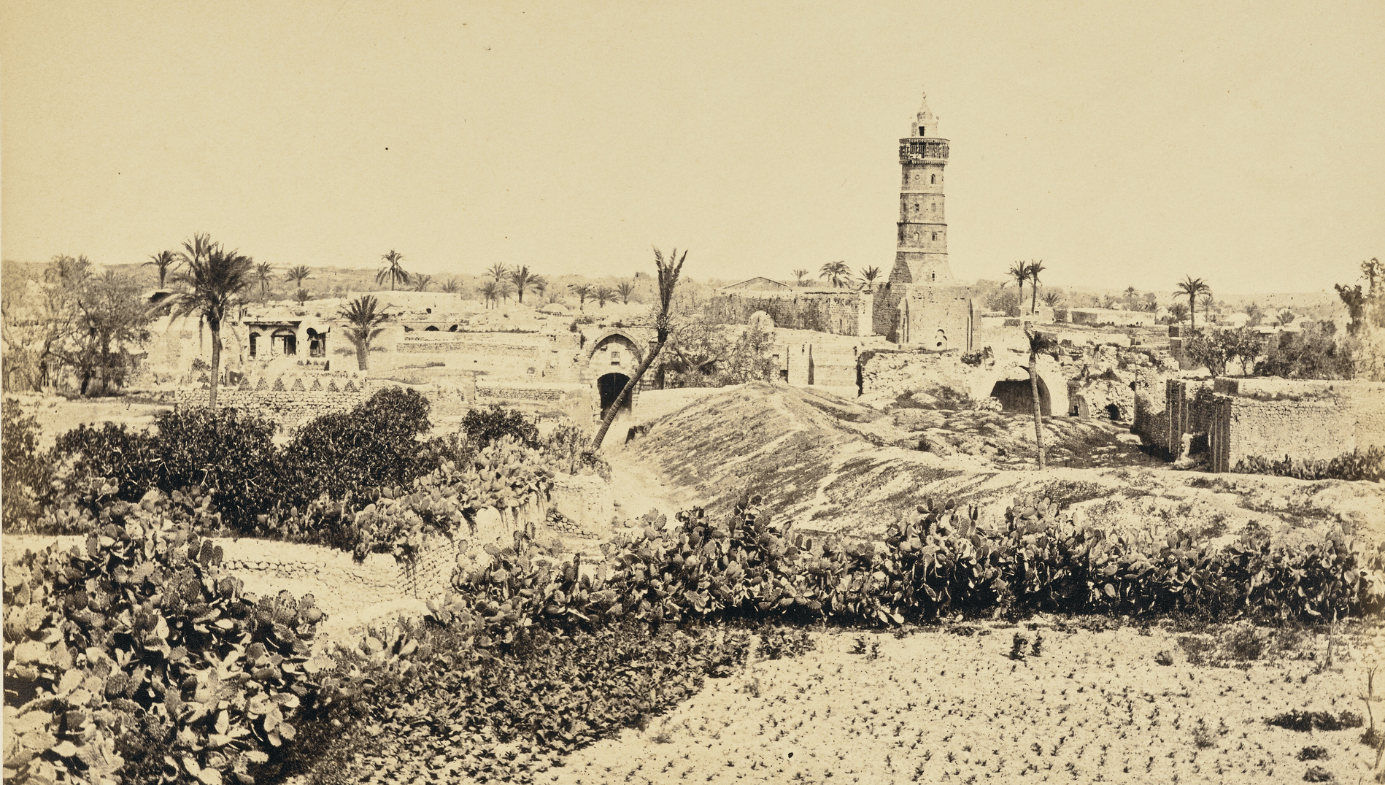
Although Egypt had just been defeated, it was still viewed as a threat. The Bulletin coverage of 9 January 1957 provided a graphic reminder of this. It quoted from an article that had appeared a week before in the Israeli daily ’Al Hamishmar. In the article, a reporter describes his visit to a villa in Gaza which had been abandoned by its owner, a high-ranking Egyptian official. He found copies of the Quran and Mein Kampf lying about, together with an Arabic-language book (the reporter did not identify the book) that sported a cover portraying “an almost naked girl, kneeling inside a wooden Shield of David, surrounded by blood. Her hands were manacled… She had been rendered helpless by an Egyptian soldier, [who was] about to cast her into the sea.” The reporter interprets this as an allegorical representation of “treacherous Israel… finally captured by [Egyptian president Gamal Abdul] Nasser.” (A contemporary reader might be forgiven for mentally associating this image with the reported rape of dozens of Israeli woman by Hamas terrorists on 7 October 2023.)
Within weeks of conquering the Strip, the Israeli military government oversaw the reopening of local schools—but took care to expunge any materials containing what it regarded as Egyptian propaganda. Of the 200 textbooks in use before 2 November, 30 were removed. The books “withdrawn from the schools,” explained the Bulletin, “were declared unfit as pedagogical material when it was found that their contents were derogatory to the State of Israel and the Jewish people and constituted propaganda for the Egyptian regime.”
On 23 January 1957, fearing international pressure on Israel to withdraw from the Strip, Ben-Gurion told the Knesset that if the Strip were returned to Egypt or UN forces deployed there, it would threaten the safety of Israel’s border settlements, which had been incessantly targeted by the Fedayeen and the Egyptian Army. “This Strip was never Egyptian,” Ben-Gurion argued,

